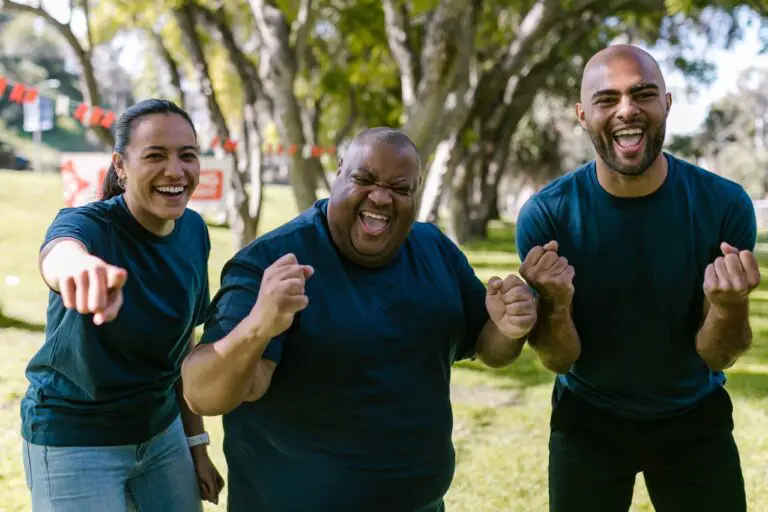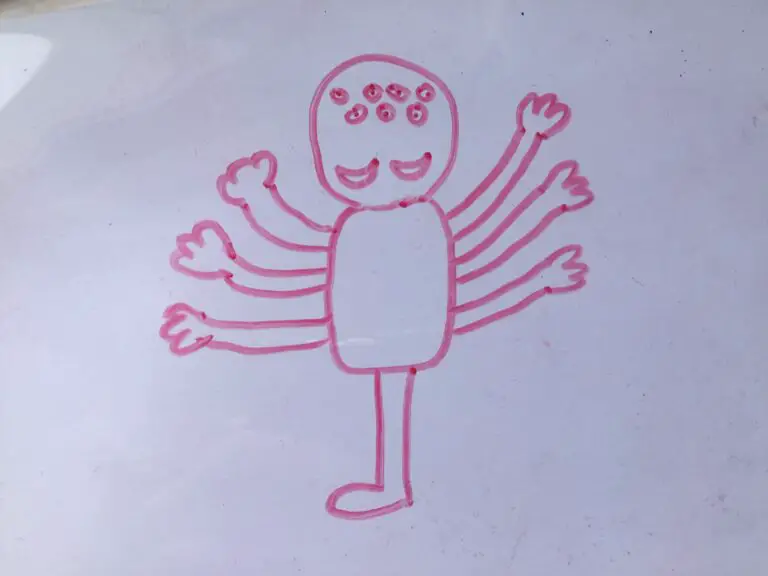Teaching English conversation to beginners is a tricky business. If they can hardly speak the language, how on earth are you going to maintain an hour of dialogue with them?
Some might say you should focus on grammar and vocab first, and that’s not a bad idea. However, the reality is, many students pay for conversation or “free talking” classes, and that’s what you have to deliver.

The problem is, when you search online for some useful activities and questions, you get the same cookie-cutter ideas that anyone can see are going to be boring, and not even helpful.
Just a list of basic questions isn’t good enough. And everything else is targeted at students with a higher level. I think we can do better.
But how? My strategy is to use various other forms of transmitting ideas, like images and online media, as well as some structured activities. The idea of completely free talk with no defined focus is out of the question at this stage, but at least you can support a more controlled conversation.
You can actually teach grammar and vocab through these activities. In fact, it’s a great way of doing it because that language is learned in a relevant context.
Regardless, you’re going to need something adaptable, repeatable and simple enough to get started very quickly.
That’s what this article is for. It contains ideas you can use straight away to get beginner EFL/ESL students engaged in a conversation without feeling overwhelmed.
Picture Prompts
Images are a brilliant focus for conversation. You can both identify the same thing without needing the word for it. You can point at or circle something and talk about it. When you say the word for whatever you’re identifying, your student immediately knows what it is.

I use what I call “packed pictures”. Usually, these are cartoon images you get on novelty jigsaw puzzles or “Where’s Waldo/Wally” books.
A quick search for “crazy novelty jigsaw” will bring up loads. These are full of people doing strange things (verbs) and a variety of objects (nouns).
These are fantastic for learning vocabulary and structures like there is / there are but you can use them as a prompt for conversation too.
For example, you can get students to tell you what they see in the picture and ask them questions about why that is there, or why it is happening. Is it normal? How do the people feel? What do you think will happen next?
Alternatively, get a less chaotic picture that has some intrigue or interest. People doing an extreme sport, a crowded train station, or a street food market.

You can pick a specific image to focus on a particular category of vocab or grammar structure. A food market gets vocab about food and can lead to questions like “do you like?” or “what’s your favourite?”
Really, you can use any image to suit your purposes. Whatever you choose, it helps bridge the gap in understanding and allows language to grow around that bridge until it can support itself.
Take a “personality” quiz
This is a fun activity for students who are up for it. When I say “personality” quiz, I don’t mean a psychological profile or anything serious like that.
More like “which Harry Potter house do you belong to?”

There are hundreds of these mostly pointless quizzes online, and they’re great for provoking a conversation while providing enough structure for students to follow along.
Yes, sometimes the language is a bit advanced as they’re designed for native speakers, but with a bit of explanation you can get the ideas across.
But where does the conversation come in? That happens when you talk to your student about their choices. Let’s say you get this question:
Your friend gets dumped by their partner and is really upset. What do you do?
- Make a plan to humiliate the ex.
- Have a comforting night in with your friend, watching movies.
- Go to the ex-partner’s house and demand an explanation.
- Nothing, your friend needs to learn to deal with that kind of thing.
For each option, get your student to say if they think it’s a good idea or not and try to explain why. It’s a little challenging for a beginner, but as long as they know a few words about emotions and personalities, they can usually express themselves well enough.
Say & Draw
Say & Draw is a game I absolutely love. It doesn’t initially look like a conversation activity, but if you tweak it a little, you can definitely turn it into a great dialogue.
It’s super simple. Someone describes a scene and the others have to draw it.

Normally, the describer would speak on their own for an extended period while the others listen carefully. But a beginner might struggle with such a long time speaking.
To ease that burden, make it more of a question-and-answer situation. The speaker is in control of what the others have to draw, and they should start by saying one or two things. For example, “draw an elephant” and “draw a girl running”.
The others can then ask questions. Something like “Is the elephant big?” or “Is the girl running to the elephant, or away?”
Immediately, you have a conversation going. A collaborative, creative activity in which lots of great language is being used.
If you’re teaching a large group, I recommend splitting them up into pairs or threes for this as when there are lots of students asking questions, it can be too much much for an individual speaker.
A nice variation of this is to have everyone be speaker and drawer. They take turns saying one thing everyone has to draw, then the others can ask them questions about that thing. That way, the end picture is the product of great teamwork.
Silly ideas are welcome. Let them use their imagination and push their language to its limit.
Role play (with care)
I love role play. In my book, it’s the best speaking activity out there. However, I often avoid it with beginners because it requires relatively speedy language production. Ideal with intermediates, but too much with beginners.

However, you can still use it in, just limited to certain types of scenario. Lots of scenarios are open-ended and unstructured, but with lower-level students, you need more certainty.
Anything that resembles a question-and-answer interview is a good option for beginners. Examples:
- Interview with an athlete after an event
- Police interrogation
- Celebrity talk show
- Job interview
As the format is already defined, students know what to expect. The questioner just has to focus on coming up with a few questions, while the interviewee only needs to focus on their answers.
Plus, if you brainstorm a few key words and interesting questions beforehand, they’re pretty well prepared to get stuck in.
And the questions don’t have to be all that exciting. Where are you from? What is your job? Do you have any siblings?
These questions would normally be quite dull, but if you dress them up in the context of a role play – (do it in a special place, make a big show of introducing a guest) – it adds an extra layer of excitement.
One big warning, though. Do not get students to perform their role plays in front of anyone, even the rest of the class. All that does is pile on stress and get them parroting prepared lines.
If you’re interested in learning more about why role play is great and how I use them in my classes, head to this article, or watch this video below:
Tier lists
Once you know what your students are interested in, doing a tier list together can spark plenty of conversation. Everyone will want to express their opinions and develop their ability to do so.
https://tiermaker.com/ is the best website I’ve found for getting ready-made tier lists, and you can easily make your own.

If your students like movies, sports, music, video games, or anything else that is relatively popular, you can bet there’ll be a tier list for it. I would recommend taking a bit of time to pick a good one before the class, as some are a bit rubbish and other just have too many entries to choose from.
For each entry, you can talk about its good and bad points, then negotiate an agreement about where it should go.
If you decide to make your own, you can incorporate lots of useful and relevant vocabulary and assign specific questions to each entry that you can ask in class.
I like how repeatable this activity is, too. Sure you don’t want to do it every single session, but you can use it for a huge variety of topics.
Conclusion
It’s time we got creative with our beginner conversation classes. We can’t rely on boring lists of basic questions in the hope that by pure repetition, students will improve.
The entries making up this list are just ideas I’ve had. And I’m only one teacher among thousands of us. So when you’ve tried out some of the things that have worked for me, try modifying them to create a better result.
Or even come up with your own ideas! Take advantage of the internet and all the other tools available to you and push the boundaries.
You can do it! It’s one of the best parts of teaching, and your students will thank you for the effort you put in.
And I’d love to know any activities that work for you. Feel free to share them with me by email: will@enchantedesl.com






